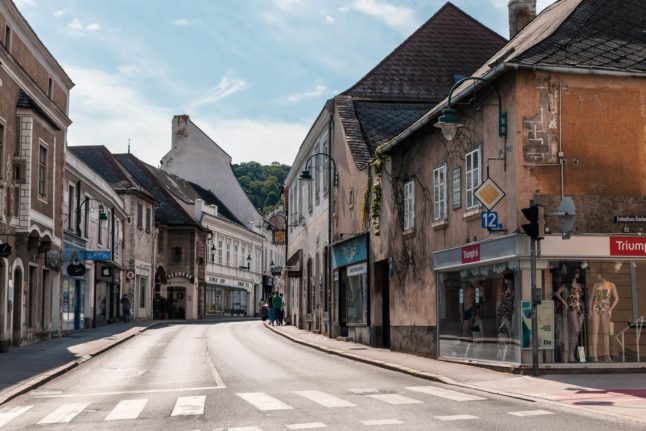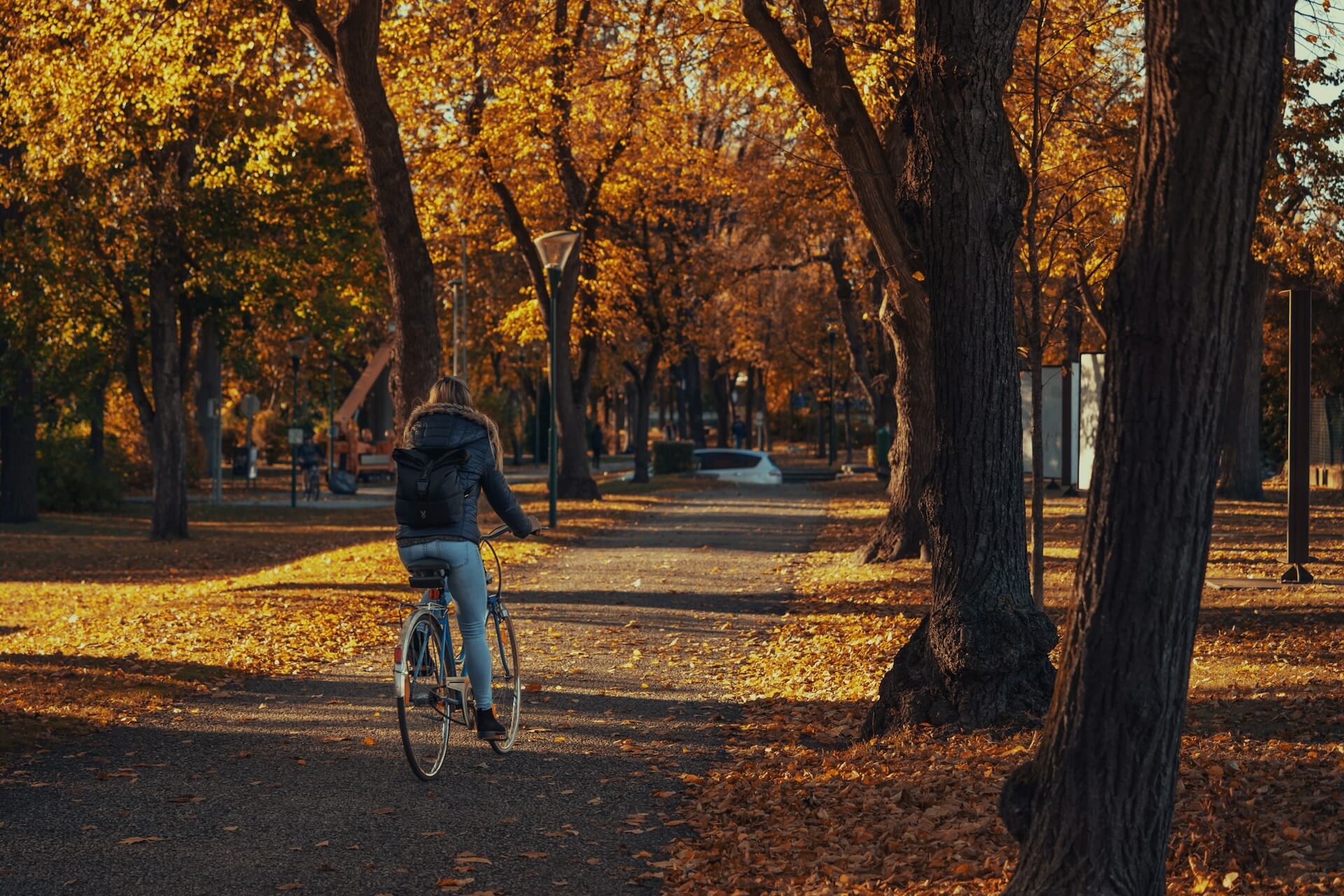Austria’s Rot-Weiss-Rot (Red-White-Red) card is the residence permit connected to a job offer for skilled workers who do not have citizenship from an EU country. If a worker comes from a “third country” and has no other ties to Austria (such as being married to a citizen, for example), this is the permit they look for in order to be able to work here.
And it is not an easy one to get. Workers must show their qualifications, have a job contract or offer in hand and present a series of documents, often showing they have enough “points” to immigrate to Austria.
The bureaucratic system doesn’t really help Austria’s skilled worker shortage, but persistent companies looking for employees and hard-working immigrants seeking Austria’s high quality of life sometimes manage to overcome the challenges imposed by Austrian immigration rules.
READ ALSO: How Austria is making it easier for non-EU workers to get residence permits
In 2023, according to statistics from the Public Employment Service Austria (AMS), 10,953 applications for RWR cards and blue cards (work permits for the EU) were processed, and expert opinions were issued in Austria.
In the same period, 8,078 requests for the permits were approved. Most recently, data from January 2024 shows 900 applications and 681 positive assessments. Where are the applicants from, and what jobs are they filling?
Cooks and chefs – most of them from Bosnia or China
In terms of occupational groups, most permits were issued to applicants who can cook. The statistics show 156 positive assessments for chefs, most of them for Upper Austria – the fewest in Burgenland (3).
IT and business technicians follow in second place. The number of approved permit requests was 118 – most of them in Vienna (21). Other permits were issued for people in healthcare professions (80), technicians, gardeners, sports professionals, hotel and guest industries and office jobs.
Of the 681 positive assessments in January 2024, 125 were for citizens from Bosnia-Herzegovina, 104 from the People’s Republic of China and 54 from India. The same number of people from Turkey received a work permit.
READ ALSO: How long can a foreigner stay in Austria after losing a job?
There were also permits issued for people from Serbia (40), Iran (34), Russia (26), the Philippines (23), Kosovo (16), Ukraine (16), the USA (16), Egypt (14), Macedonia (14), Brazil (13), Albania (9) and Tunisia (9), among others.








 Please whitelist us to continue reading.
Please whitelist us to continue reading.
Member comments